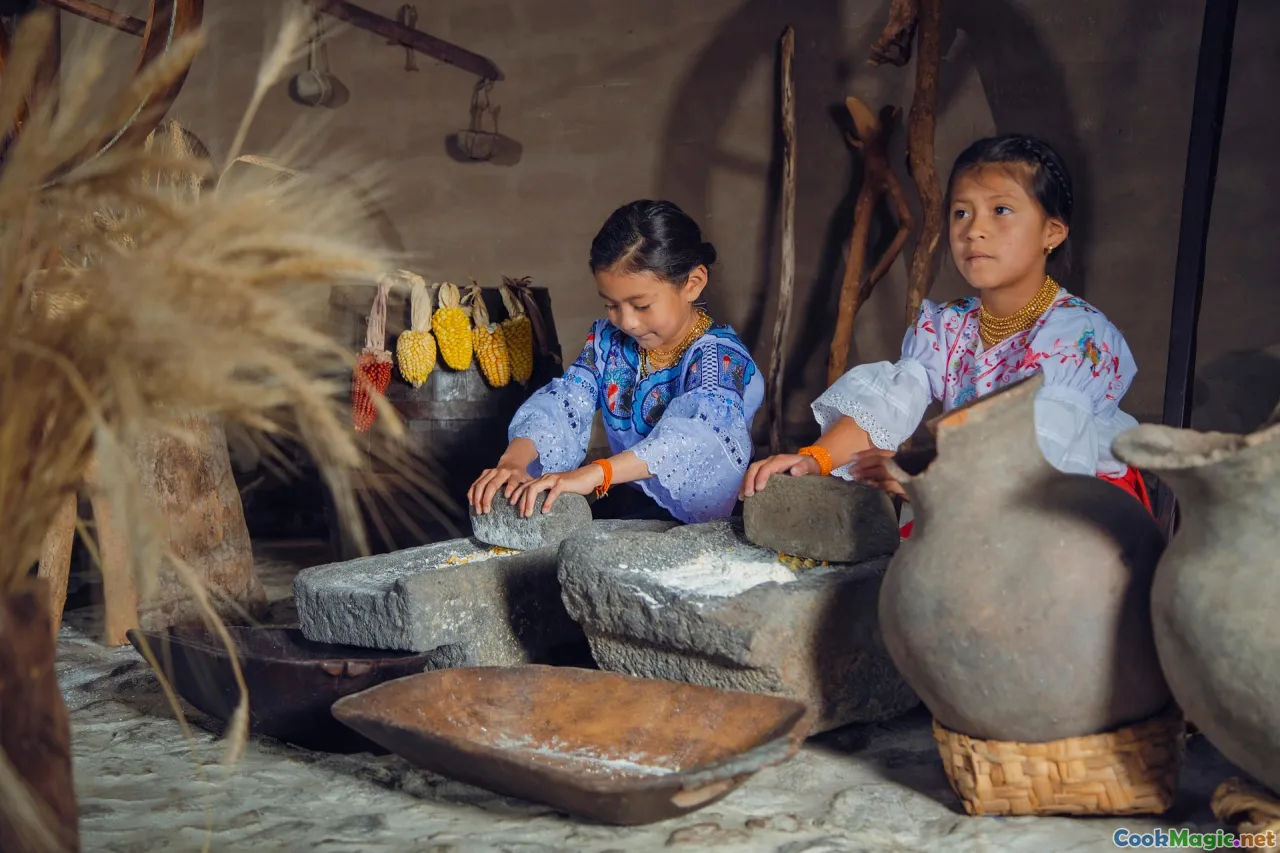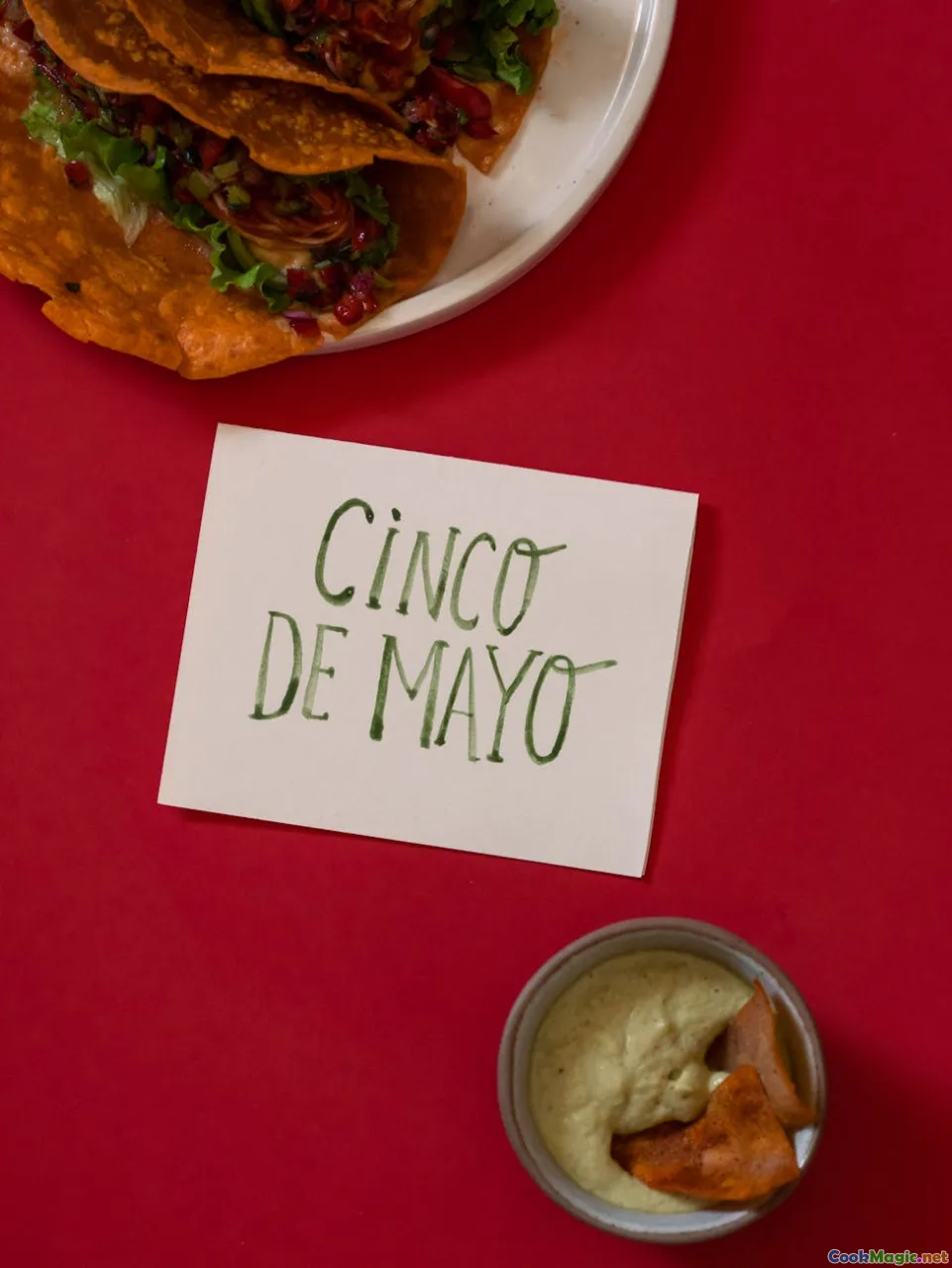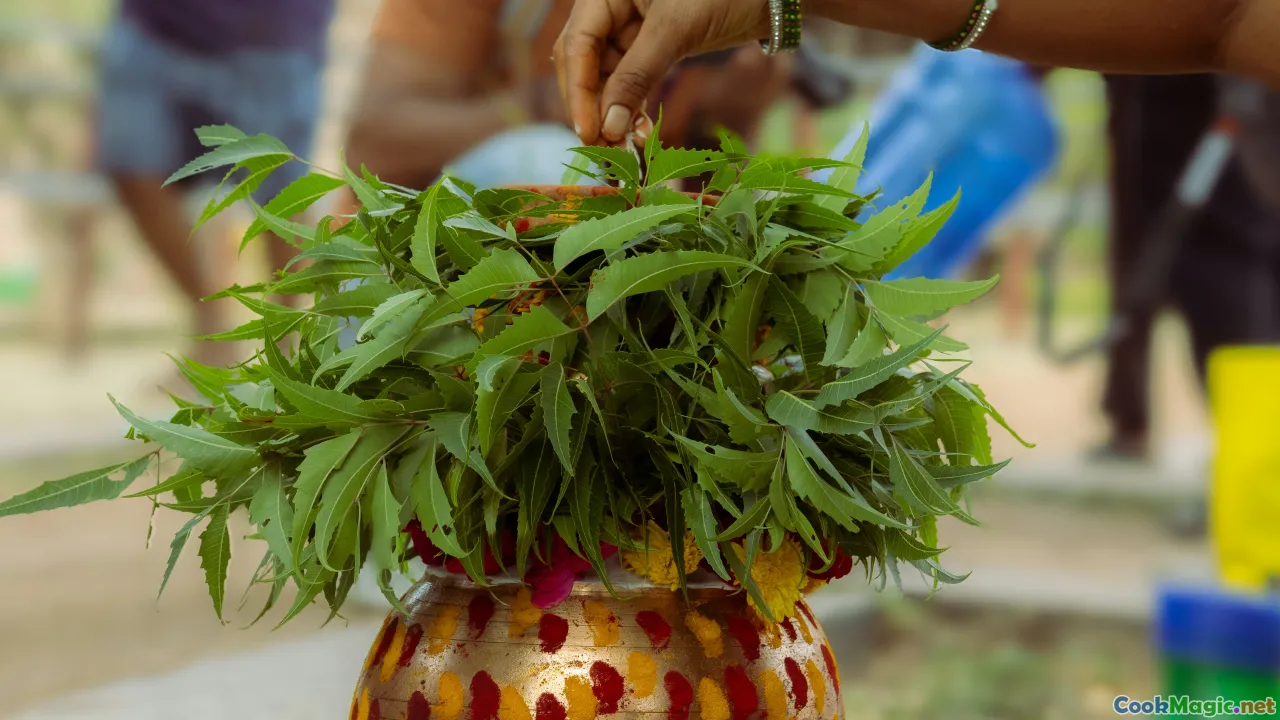Preserving Heritage in Contemporary Hawaiian Cooking
5 min read Exploring how contemporary Hawaiian chefs blend tradition and innovation to preserve cultural heritage through cuisine. September 30, 2025 00:05
Preserving Heritage in Contemporary Hawaiian Cooking
Few regions in the world boast a culinary tapestry as vibrant and layered as Hawaii’s, where ancient traditions meld seamlessly with modern innovation. The lush islands have historically served as a crossroads of Pacific, Asian, and North American influences, each stratum adding depth to the fresh flavors, aromas, and storytelling woven into every dish. Today, the challenge—and opportunity—lies in honoring this rich legacy while embracing the evolving tastes of a new generation of chefs and food lovers.
As a culinary writer steeped in the history and soul of Hawaiian cuisine, I invite you to explore how authenticity is preserved amidst the modern culinary landscape, where heritage recipes are reimagined, ingredients are curated with care, and cultural narratives are woven into each plate.
The Roots of Hawaiian Cuisine: A Heritage of Survival and Innovation

Long before the influx of external influences, indigenous Hawaiians developed a culinary tradition deeply rooted in the land and sea. Staples such as taro, sweet potatoes, breadfruit, and koa-raised meats formed the backbone of their diet. They fashioned their cooking techniques on natural resources, employing earth ovens—imu pits—and open fires that infused their foods with smoky, earthy aromas.
This heritage is visible in dishes like Poi, a silky, tangy mash of pounded taro roots that connects Hawaiians to their ancestors with every spoonful. Similarly, Luau feasts celebrate traditional foods such as roast pig (kalua pig), roasted in imu for hours, imparting a tender, juicy texture with a smoky flavor. These practices symbolize survival, resilience, and communal identity.
Yet, Hawaiian cuisine was not static; it thrived on adaptation. When contact with Europeans and Asians occurred, new methods and ingredients such as sugarcane, tropical fruits, and spices entered the scene. Over waves of migration, wok-based stir-fries, noodle dishes, and tropical ceviches became woven into the fabric of local food culture.
Honoring Traditions Through Ingredients and Techniques

To preserve Hawaiian culinary heritage today, many chefs and home cooks focus on sourcing traditional ingredients—locally grown, sustainably harvested, and true to their origins. Taro, for instance, remains a cornerstone, cultivated in patches called lo‘i, which are carefully tended and handed down through generations.
In contemporary kitchens, techniques such as slow-roasting kalua pig in underground ovens have seen modern replications that retain their smoky essence but elementally adapt to urban settings with commercial smokers and sous-vide methods. With this, chefs aim to encapsulate that deep, melt-in-your-mouth tenderness characteristic of traditional process while allowing flexibility.
Herbal infusions are also vital—a touch of awapuhi (ginger), liliʻole (ornamental ginger), and olena (turmeric) validate the spiritual and medicinal significance of ingredients. These herbs not only flavor dishes but maintain a conscious connection to Hawaiian health and healing traditions.
The Role of Contemporary Chefs in Cultural Revitalization

Innovative Hawaiian chefs act as cultural ambassadors, translating stories and histories into modern plates. For example, chef Ed Kenney at Town in Honolulu celebrates 'shared plate' dining with dishes like Hawaiian Fish Tacos—fresh locally caught reef fish wrapped in taro tortillas, topped with pineapple salsa, bringing old island flavors into a contemporary context.
Similarly, James Shee emphasizes an









